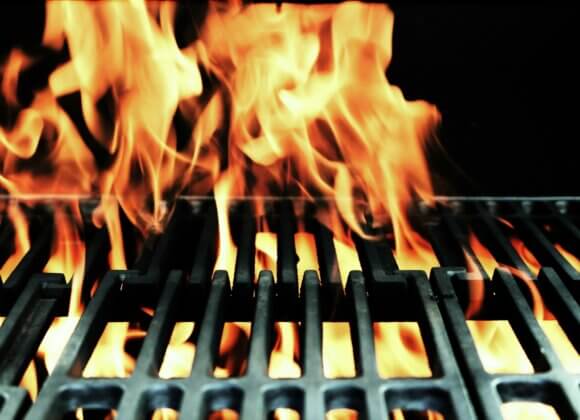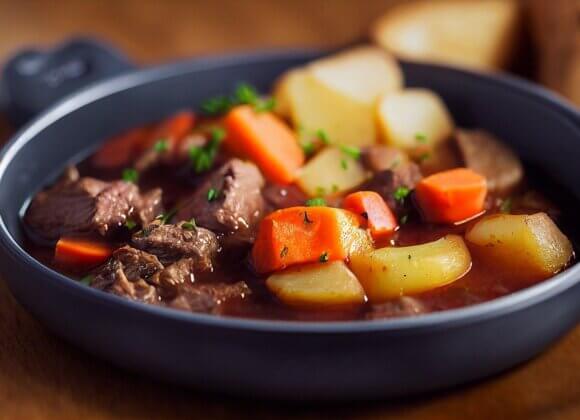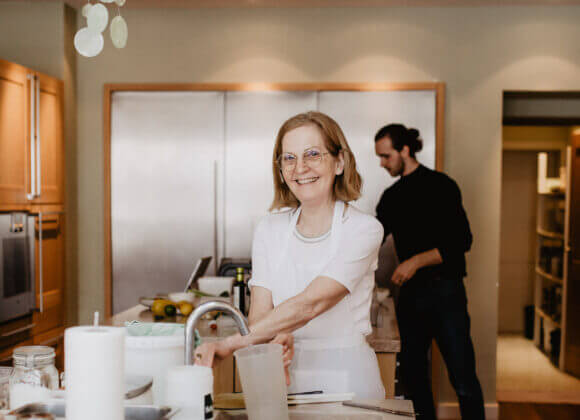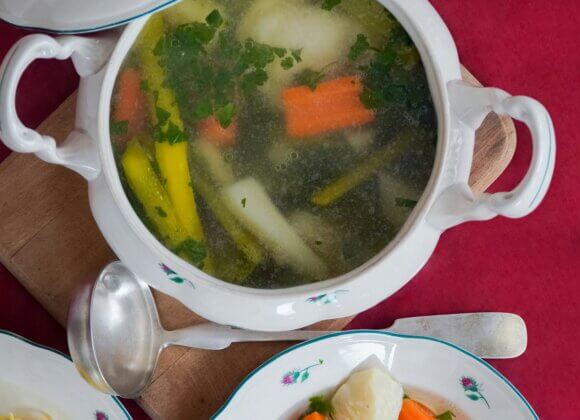Saucepans – what is suitable for what?
If you want to cook and bake like a professional, you need the right kitchen equipment. After all, the right cookware is also a good partner when it comes to the perfect culinary experience. But which cooking pot materials are actually available and what are they suitable for? We have put together a small lexicon for you.
Aluminum
The inexpensive all-rounder is ideal for every kitchen – whether beginner or professional. Aluminum is a good conductor of heat, which is why the material is used for both saucepans and soup pots. As the food quickly sticks to the bottom of the pot or pan when frying, aluminum pots are more suitable for food that simmers. Note: The aluminum cooking pot should have a base thickness of between 4 and 7 mm so that the heat can be optimally distributed on the electric hob.

Stainless steel
Cooking pots and pans made of stainless steel – a metal alloy of steel, carbon and chrome – are of very high quality and are therefore mainly used in restaurants. You can cook just about anything in stainless steel cookware, from steak to pasta. Stainless steel cookware is very easy to clean and also has the advantage that it does not lose its shine, making it a long-lasting companion for any cook.
Cast iron
Cast iron is also a real all-rounder – from soups and braised meat to vegetables, it can cook everything. Cast iron cooking pots and pans are also suitable for very high temperatures, making searing possible without any problems. Due to its versatility, cast iron cookware was considered the standard until the 20th century – but later faced competition from cheaper materials with non-stick coatings. However, both professional and amateur chefs are now appreciating the potential of high-quality cast-iron cooking utensils again and the material is enjoying renewed popularity.
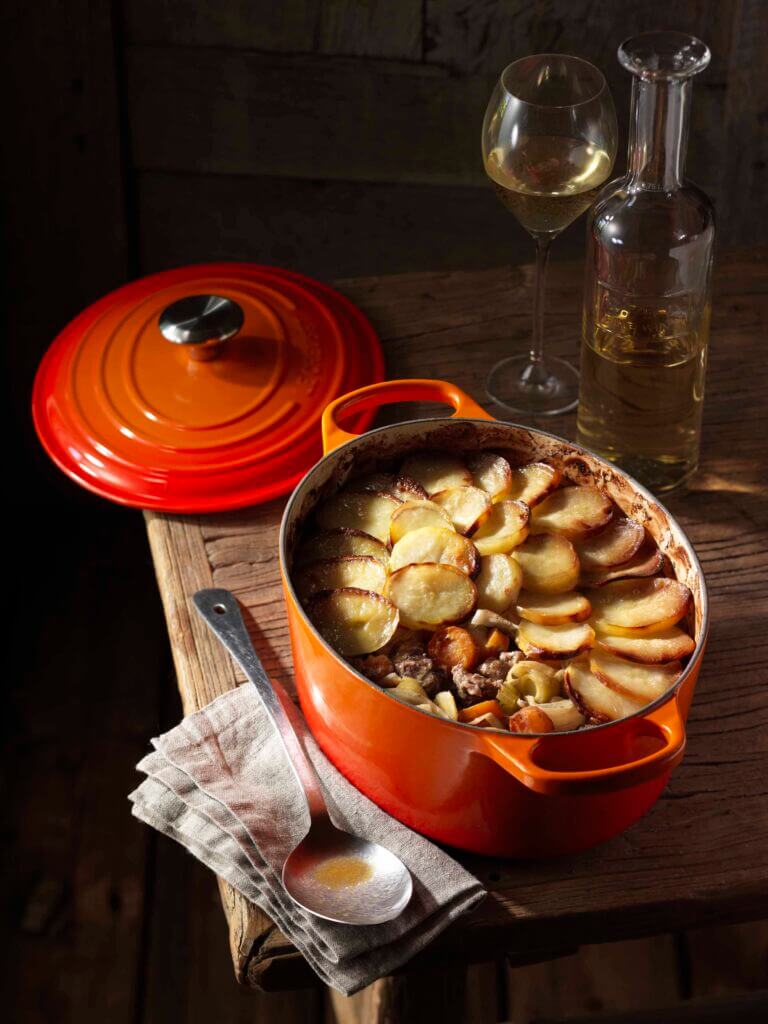
Enamel
The combination of enamel and cast iron is primarily suitable for casseroles and casserole dishes – even our grandmothers loved to put roast pork in the oven in a dish like this. Due to their excellent heat conductivity and heat retention, enameled cast iron pans are primarily used to prepare casseroles or roasts in the oven. Good cookware is coated with enamel both inside and out, creating a smooth surface and preventing rust. Casserole dishes made of enameled cast iron are currently also popular for serving, as the dishes are available in many different colors.
Glass
Fireproof and heat-resistant borosilicate glass is perfect for casseroles from the oven. Many models are designed so that you can even put them straight from the freezer or fridge into the oven. Another advantage of glass is that it stores heat well and the food does not take on any foreign flavors.
Copper
They are practically the Ferrari of cooking pots – those made of copper. Copper pots have a very high thermal conductivity, so that the heat is distributed very evenly in the pot and can be passed on to the food. In addition, the heat that reaches the contents of the pot can be easily controlled and quickly changed if necessary. Copper pots or bowls made of copper (without coating) are also mainly used for preserving jams. The excellent heat conductivity and even distribution of heat make it easy and uncomplicated to preserve the jam without burning the bottom of the bowl or pot.
Tip: Whichever saucepan you choose, make sure that it is suitable for your stove. Almost all manufacturers now also offer induction versions of the various saucepans, where the base is provided with a ferromagnetic layer.
All photos: Le Creuset
Related posts:
Artificial intelligence in the kitchen: cooking of the future


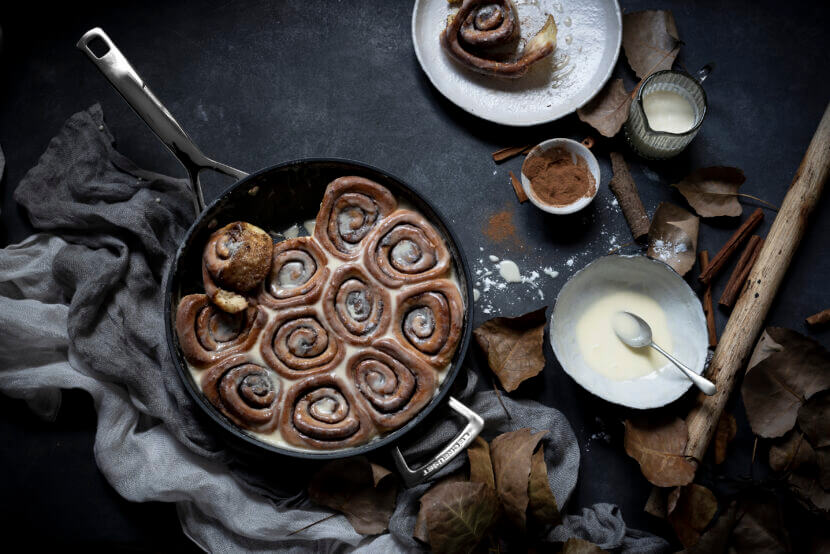
![Home cooking reloaded incl. competition Christoph_Krauli_Held©Monika_Loeff_19285[1]](https://myhome.at/wp-content/uploads/2025/09/Christoph_Krauli_Held©Monika_Loeff_192851-580x420.jpg)
